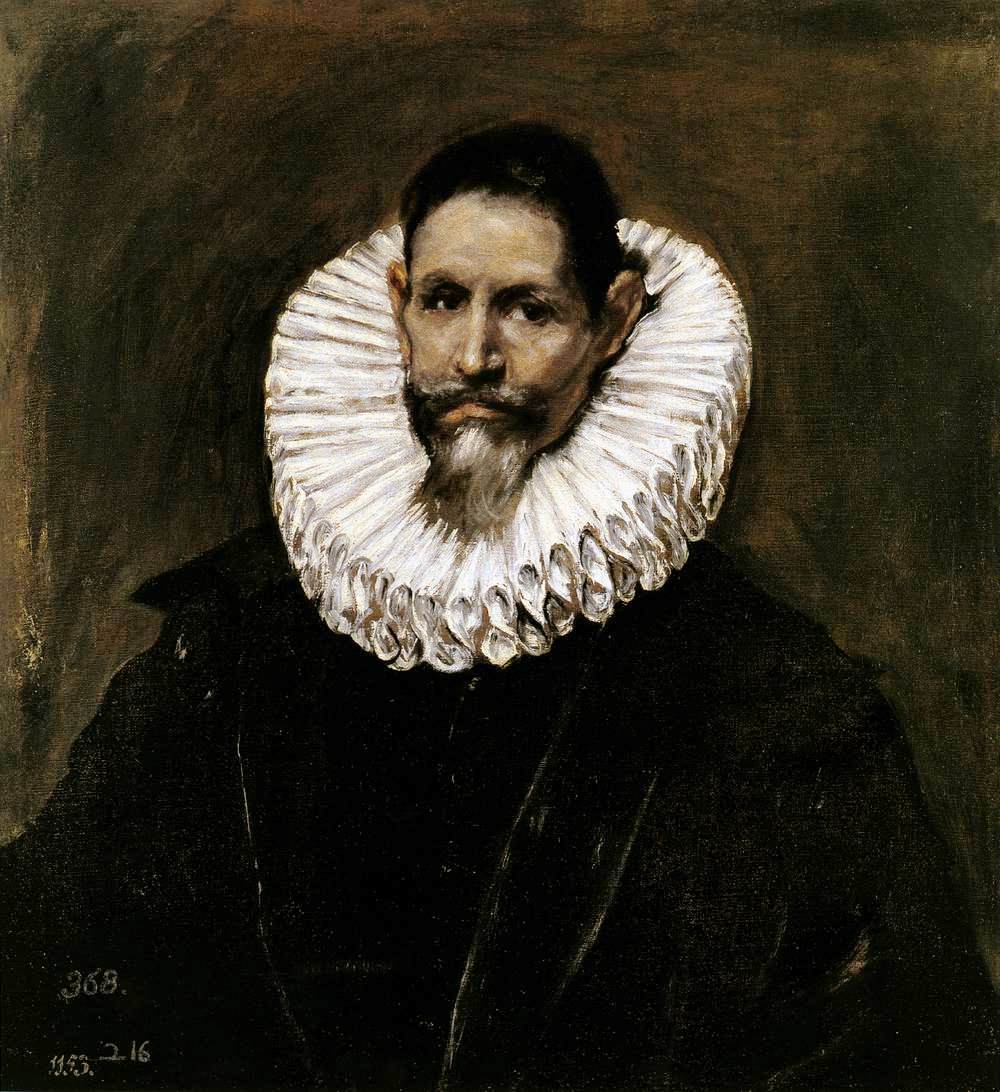https://en.wikipedia.org/wiki/Salem_(TV_series)
Picture 1 : https://en.wikipedia.org/wiki/Salem_(season_1)#/media/File:Salem_Season_1_Poster.jpg
Picture 2 : https://en.wikipedia.org/wiki/Salem_(season_2)#/media/File:Salem_Season_2_Poster.jpg
Picture 3 : http://vignette1.wikia.nocookie.net/the-salem/images/0/00/Salem_Season_3_official_poster.jpg/revision/latest/scale-to-width-down/250?cb=20161008000334
The Historical Context:
http://www.history.com/topics/salem-witch-trialsThe characters:
https://www.youtube.com/watch?v=PdX1vK03hRw
http://law2.umkc.edu/faculty/projects/ftrials/salem/salem.htm
The Characters:
Pictures: http://screencapped.net
http://salem.lib.virginia.edu/people?group.num=&mbio.num=mb37
http://law2.umkc.edu/faculty/projects/ftrials/salem/ASAL_BI.HTMhttp://law2.umkc.edu/faculty/projects/ftrials/salem/SAL_BMAT.HTM
http://salem.lib.virginia.edu/people?group.num=&mbio.num=mb20
http://law2.umkc.edu/faculty/projects/ftrials/salem/SAL_BHAT.HTM
http://law2.umkc.edu/faculty/projects/ftrials/salem/SAL_BBIS.HTM
http://law2.umkc.edu/faculty/projects/ftrials/salem/ASA_TIT.HTM
http://law2.umkc.edu/faculty/projects/ftrials/salem/ASA_INC.HTM
Puritanism & Salem:
http://www.history.com/topics/puritanism
https://global.britannica.com/topic/Puritanism
http://www.infoplease.com/encyclopedia/society/puritanism-origins.html
Women in the 17th century in Salem:
https://www.salemtarot.com/archive/seminar.html
http://thetrialsofsalem.weebly.com/women-of-the-time.html
Help for the article + picture http://people.ucls.uchicago.edu/~snekros/Salem%20Journal/Legal/DavidR.html
Picture : https://pmcdeadline2.files.wordpress.com/2015/02/salem-key-art-3.jpg?w=556&h=830
The Opening Credits:
WGN America https://www.youtube.com/watch?v=ycGClZhNRjw
The punishments in Salem and in the TV Series Salem:
https://sites.google.com/a/mymps.us/1thomassalemwitchtrials/punishments-for-the-accused
http://listverse.com/2012/07/27/10-tests-for-guilt-used-at-the-salem-witch-trials/
The Set and Wardrobe:
https://thepragmaticcostumer.wordpress.com/2012/07/25/through-the-keyhole-a-peek-into-a-17th-century-ladys-wardrobe/
http://www.historyextra.com/article/social-history/dressing-impress-17th-century
http://www.localhistories.org/colonial.html
http://collider.com/salem-joseph-porro-seth-reed-interview/
https://www.pubhist.com/w4890
http://www.thefashioncult.com/2013/03/girl-with-a-pearl-upstaged-by-jacquard-fashion/
Dorothy A. Mays. Early America: Struggle, Survival and Freedom in a New World. 2004.
WGN America https://www.youtube.com/watch?v=ycGClZhNRjw
The punishments in Salem and in the TV Series Salem:
https://sites.google.com/a/mymps.us/1thomassalemwitchtrials/punishments-for-the-accused
http://listverse.com/2012/07/27/10-tests-for-guilt-used-at-the-salem-witch-trials/
The Set and Wardrobe:
https://thepragmaticcostumer.wordpress.com/2012/07/25/through-the-keyhole-a-peek-into-a-17th-century-ladys-wardrobe/
http://www.historyextra.com/article/social-history/dressing-impress-17th-century
http://www.localhistories.org/colonial.html
http://collider.com/salem-joseph-porro-seth-reed-interview/
https://www.pubhist.com/w4890
http://www.thefashioncult.com/2013/03/girl-with-a-pearl-upstaged-by-jacquard-fashion/
Dorothy A. Mays. Early America: Struggle, Survival and Freedom in a New World. 2004.
The Impact of the Series:
Picture 1: https://upload.wikimedia.org/wikipedia/en/6/69/The_logo_for_TV_series_Salem.png
Picture 2: http://alanhessphotography.com/wp-content/uploads/2014/07/SDCC_2014_Fox_FX-137.jpg
Reception of the show: http://www.metacritic.com/tv/salem/critic-reviews and https://en.wikipedia.org/wiki/Salem_(TV_series)#Critical_reception
Nominations: https://en.wikipedia.org/wiki/Salem_(TV_series)#Awards_and_nominations
Shop: http://salem.wgnamerica.com/shop/
The Rise of the Supernatural and the Use of Witchcraft:
https://en.oxforddictionaries.com/definition/witchcraft
https://en.oxforddictionaries.com/definition/supernatural
Even the Best Things know an End:
Picture 1: https://pbs.twimg.com/media/B_lrJ_FUYAAx9qT.jpg
Picture 2: http://www.tvgoodness.com/wp-content/uploads/2015/04/CAST_SALEM_S2-Gallery.jpg
Picture 1: https://upload.wikimedia.org/wikipedia/en/6/69/The_logo_for_TV_series_Salem.png
Picture 2: http://alanhessphotography.com/wp-content/uploads/2014/07/SDCC_2014_Fox_FX-137.jpg
Reception of the show: http://www.metacritic.com/tv/salem/critic-reviews and https://en.wikipedia.org/wiki/Salem_(TV_series)#Critical_reception
Nominations: https://en.wikipedia.org/wiki/Salem_(TV_series)#Awards_and_nominations
Shop: http://salem.wgnamerica.com/shop/
The Rise of the Supernatural and the Use of Witchcraft:
https://en.oxforddictionaries.com/definition/witchcraft
https://en.oxforddictionaries.com/definition/supernatural
Even the Best Things know an End:
Picture 1: https://pbs.twimg.com/media/B_lrJ_FUYAAx9qT.jpg
Picture 2: http://www.tvgoodness.com/wp-content/uploads/2015/04/CAST_SALEM_S2-Gallery.jpg




